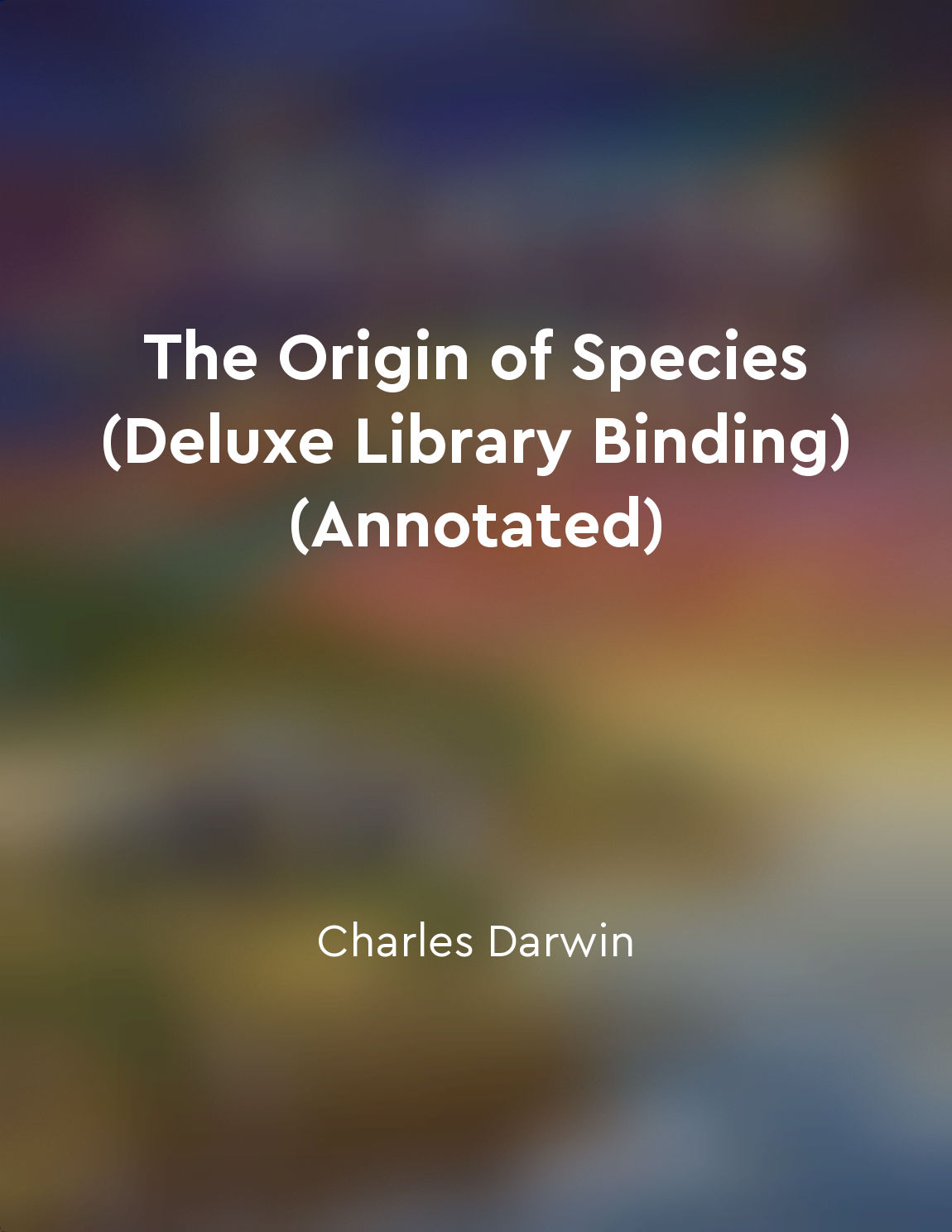Phylogenetics traces evolutionary relationships from "summary" of The Biology Book by DK
Phylogenetics is a field of study that seeks to unravel the complex evolutionary relationships among organisms. By examining the similarities and differences in the genetic material of different species, scientists can construct evolutionary trees that depict the historical relationships between them. This process involves analyzing the genetic sequences of various organisms to identify shared characteristics inherited from common ancestors. The goal of phylogenetics is to create a visual representation of the evolutionary history of life on Earth. By comparing the genetic sequences of different species, researchers can infer how closely related they are and how they have evolved over time. This information is crucial for understanding the diversity of life and how different species are interconnected through a shared evolutionary past. Phylogenetic trees are often depicted as branching diagrams that show the relationships between different species. Each branch represents a common ancestor, with the length and angle of the branches indicating the degree of genetic divergence between species. By examining these trees, scientists can infer when different species diverged from a common ancestor and how they have evolved independently over time. Through the study of phylogenetics, scientists can gain insights into the origins and relationships of different species. By tracing the evolutionary history of organisms, researchers can uncover the patterns of biodiversity and understand how different species have adapted to their environments. This knowledge is essential for conservation efforts and for understanding the processes of evolution that have shaped the world we live in today.Similar Posts
Practical experiments are key to reinforcing theoretical knowledge
Practical experiments play a crucial role in solidifying the understanding of theoretical concepts. The hands-on experience gai...

The rise of nationalism has posed a threat to global cooperation
The current surge in nationalism poses a significant threat to global cooperation. Nationalism, the belief that one's own natio...

Species adapt to new environments
The process of adaptation is fundamental to the survival of species in changing environments. As conditions shift, organisms mu...
Convergent evolution results in similar adaptations across different species
Convergent evolution is a fascinating concept that highlights the extraordinary power of natural selection. It refers to the ph...
Evolution is a proven scientific theory
The concept that all species on Earth are related by common ancestry, with their differences arising through the process of evo...
Embryonic development transforms cells into tissues
Embryonic development is a complex process that involves the transformation of individual cells into tissues that make up the v...

Environmental pressures shape evolution
In the natural world, the struggle for existence is a constant and unforgiving force that drives the process of evolution. Orga...
Genetic variation is essential for evolution
In order for evolution to occur, there must be genetic variation. This variation is the raw material upon which natural selecti...
